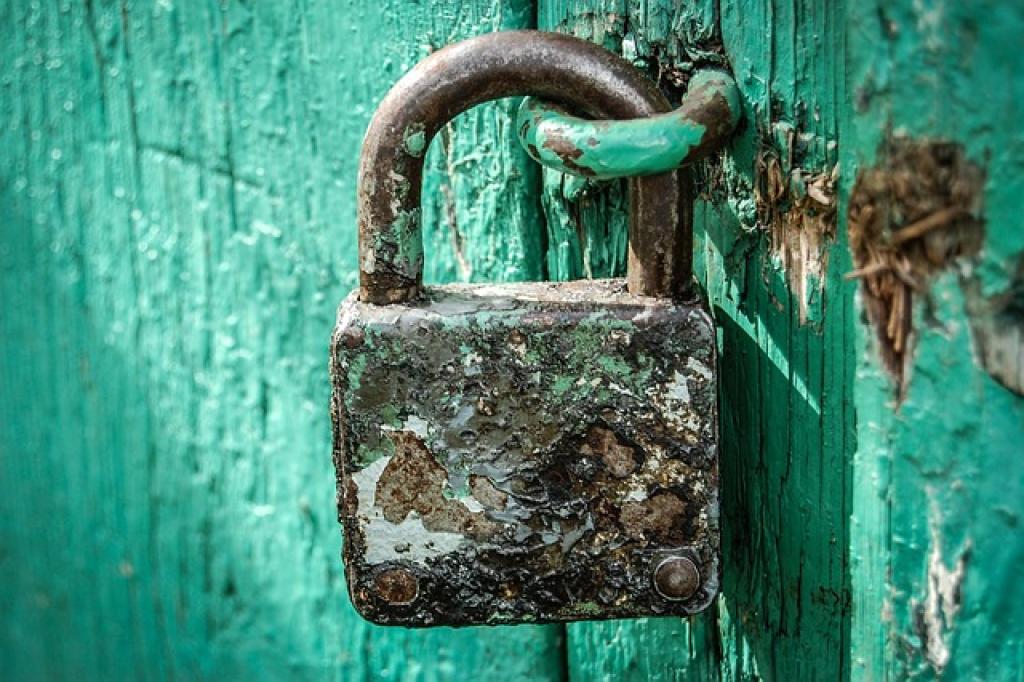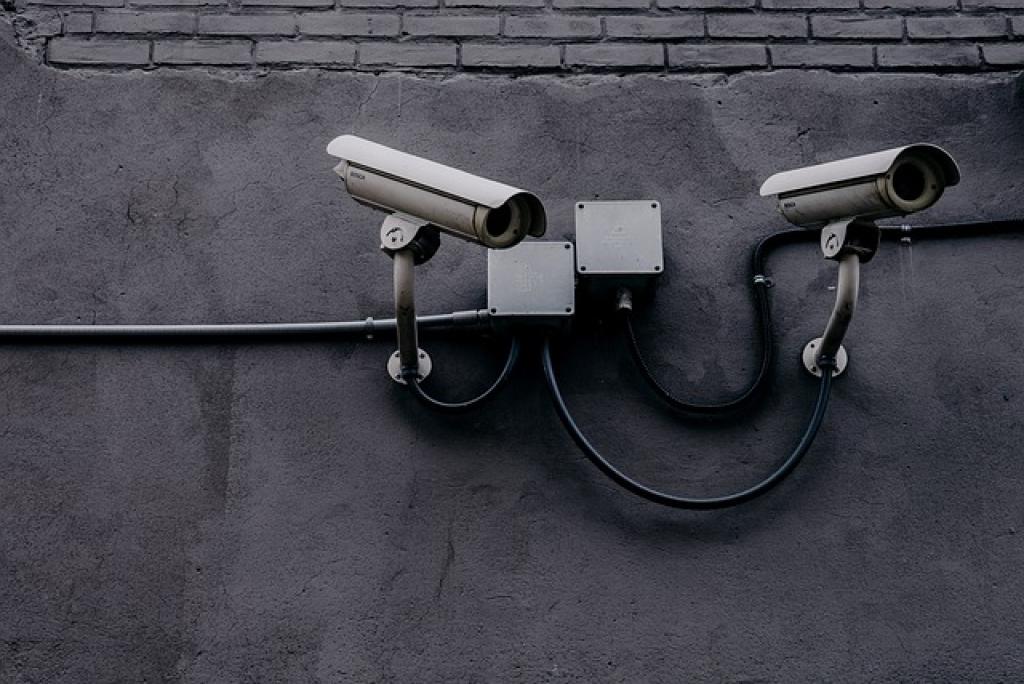
Mastering Event Risk Assessment in the San Francisco Bay Area: Jeff Gutierrez’s Expert Guide to Event Security
Planning an event in the vibrant and bustling San Francisco Bay Area is an exciting endeavor. Whether you are organizing a corporate conference, a music festival, a wedding, or any other type of gathering, ensuring the safety and security of all attendees should be a top priority. With the dynamic nature of events and potential risks that may arise, having a comprehensive event risk assessment strategy is crucial.
Understanding Event Risk Assessment
Event risk assessment involves identifying potential hazards, evaluating the likelihood of those hazards occurring, and implementing measures to mitigate risks. This process is essential for creating a safe environment for everyone involved in the event, including guests, staff, vendors, and performers. By conducting a thorough event risk assessment, event organizers can proactively address security issues and plan effective responses to emergencies.
The San Francisco Bay Area: A Unique Event Landscape
The San Francisco Bay Area is known for its diverse culture, vibrant arts scene, and scenic beauty. However, hosting events in this dynamic region comes with its own set of challenges. From traffic congestion and unpredictable weather to large crowds and varying topography, event organizers in the Bay Area must be prepared to address a wide range of risks. Understanding the unique characteristics of the Bay Area is essential for developing a robust event security plan.
Meet Jeff Gutierrez: An Expert in Event Security
Jeff Gutierrez is a seasoned professional with years of experience in event security management. With a background in law enforcement and security consulting, Jeff brings a wealth of knowledge and expertise to the table. His commitment to ensuring the safety of event attendees and his proactive approach to risk assessment have earned him a reputation as a trusted advisor in the industry.
Key Elements of Event Risk Assessment
When it comes to mastering event risk assessment, Jeff Gutierrez emphasizes several key elements that are essential for a successful security strategy:
Venue Evaluation
One of the first steps in event risk assessment is conducting a thorough evaluation of the event venue. Jeff advises event organizers to assess the layout of the venue, identify potential entry and exit points, and determine areas that may pose security risks. Understanding the specific characteristics of the venue is crucial for developing an effective security plan.
Threat Identification
Identifying potential threats is a critical aspect of event risk assessment. Jeff recommends conducting a threat assessment to identify potential risks such as unauthorized access, natural disasters, medical emergencies, and criminal activity. By anticipating potential threats, event organizers can take proactive measures to mitigate risks and ensure the safety of all attendees.
Crowd Management
Crowd management plays a significant role in event security. Large gatherings in the Bay Area can present challenges such as crowd congestion, directional flow issues, and crowd-related emergencies. Jeff emphasizes the importance of developing a comprehensive crowd management plan that includes crowd control measures, communication strategies, and emergency protocols.
Emergency Response Planning
Preparing for emergencies is an essential part of event risk assessment. Jeff advises event organizers to develop a detailed emergency response plan that outlines procedures for responding to various scenarios, such as medical emergencies, security breaches, fires, and natural disasters. Having a well-defined response plan in place can help mitigate risks and minimize the impact of emergencies.
Implementing Event Security Measures
After conducting a thorough event risk assessment, it is essential to implement security measures that address identified risks. Jeff Gutierrez recommends the following security measures to enhance event safety:
-
Access Control: Implementing access control measures such as checkpoints, wristbands, and ID verification can help prevent unauthorized individuals from entering the event venue.
-
Security Personnel: Hiring trained security personnel who are equipped to handle security threats and emergencies is crucial for event safety. Security staff should be well-versed in crowd management, conflict resolution, and emergency response.
-
Surveillance Systems: Installing surveillance cameras and monitoring systems can provide real-time visibility into the event venue and help security personnel identify potential security issues.
-
Communication Systems: Establishing clear communication protocols among event staff, security personnel, and emergency responders is essential for coordinating responses to security incidents and emergencies.
The Bottom Line
Mastering event risk assessment in the San Francisco Bay Area requires a proactive and comprehensive approach to event security. By understanding the unique challenges of the region, conducting thorough risk assessments, and implementing robust security measures, event organizers can create a safe and secure environment for all attendees. With Jeff Gutierrez’s expert guide to event security, event planners in the Bay Area can navigate the complexities of event risk assessment with confidence and ensure successful and safe events for everyone involved.


